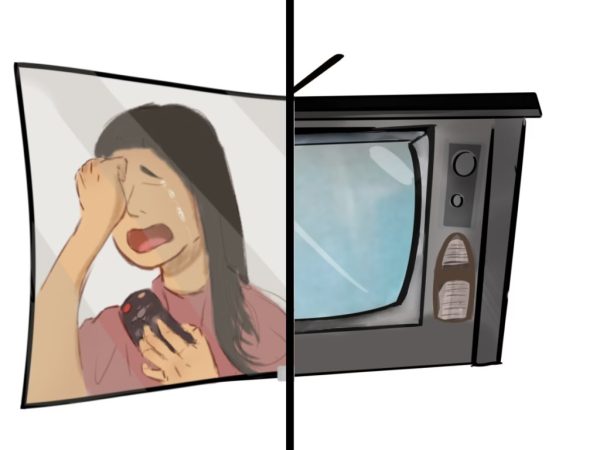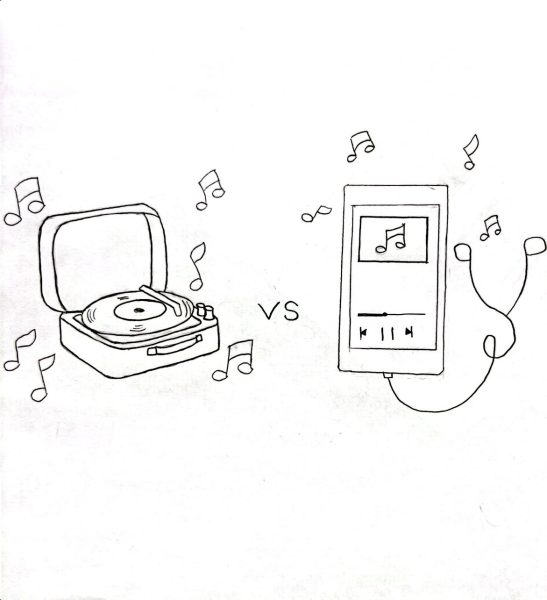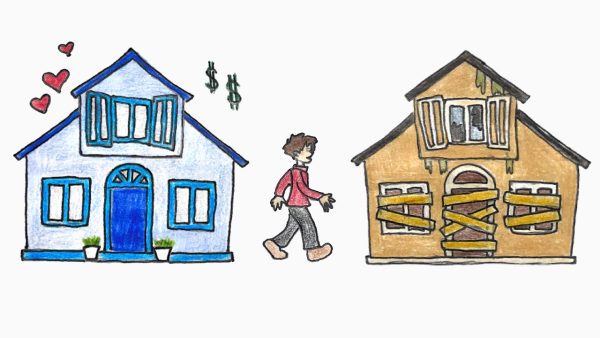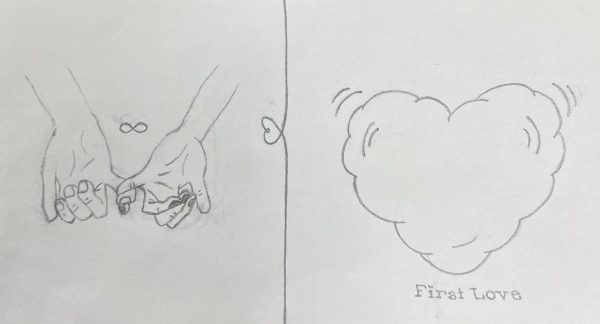The New Dress Code Policy, Its Sexist Logic, and How It Censors Female Students’ Choices
February 11, 2022
The Selma Unified School District has once again altered its dress code policy. Presented to Selma High students on January 19th, the new policy focuses heavily on restricting female choice on dressing through sexist logic and implications. Here is how and why it is wrong.
Section A1 begins with stating that “Revealing, or distracting tops and dresses cannot be worn.” In this whole subsection, clothes that show “any skin around the midriff” is highlighted to be dress code violations, along with any clothing that “expose” the waist, back, or sides of a student’s body. To use the word “expose” when describing women’s clothing that shows the waist, back, or sides is to imply that these areas on a woman’s body are immensely inappropriate to show or are very private and therefore should not be revealed at school. All human bodies have waists, backs, and sides. They are basic anatomy that both females AND male possess. If dress coding female students for their midriffs is to simply keep order at school, then how come male students whose natural bellies keep their shirts from reaching the bottom of their midriffs are not dress coded? It is the same body part, after all. This is a prime example of the sexist logic in this dress code policy.
Furthermore, Section A3 deems “leggings or tights” or “biker shorts” as “unacceptable.” In making leggings a part of this section and a dress code violation, this revised dress code is suggesting that even when fully covered, girls are “distracting others” and therefore “not appropriate” for school. Male students, however, have no such listed violation preventing them from wearing tight fitting skinny jeans and sweatpants that are form-fitting, even though male skinny jeans and sweatpants are the respective equivalents of female leggings in the way they fit. It is as if this dress code is attempting to ban girls’ bodies all together. Leggings are comfortable, warm, and a popular choice of bottoms among girls. Leggings are to girls what comfortable gray sweatpants are to boys.
Coming to an end of this revised dress code is section D1 where it states that dress code violations are when a student’s “behavior or dress has created a disruptive influence to the learning process,” and becomes “detrimental to a positive school environment,” and counters a “safe and orderly campus.” None of the dress code violations of clothing crop tops, leggings, or make-up are detrimental to a positive school environment or create an unsafe campus. To imply that midriff, leggings that hug natural curves, and make-up counter an “orderly campus” and is a “disruptive influence to the learning process” is over-reactionary.
There are sections in this dress code which do contribute to a positive educational environment. It rightfully prohibits students from wearing chain belts, collars, or gang related symbols because they present hazards, damages, or create disorder. These restrictions are in place to keep the students and staff safe. The problem, however, lies in the way the dress code restricts female students unfairly.
This policy is a sexist policy because it implies that only women are responsible for eliminating the distractions of the bodies they’re born into. It restricts women’s clothing choices, rather than focus on teaching boys how to demonstrate respectful behavior and attitude towards female bodies. Through enforcing restrictions on wearing comfortable clothing that men are not restricted from at all, this policy continues an unfair belief that girls are responsible for the distractedness of boys.
If Selma High was genuinely concerned about the safety of its students, they would enforce respect for women’s bodies, not shame teenage girls for what they wear.





